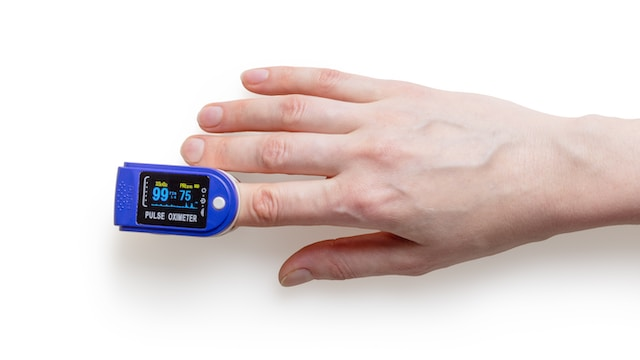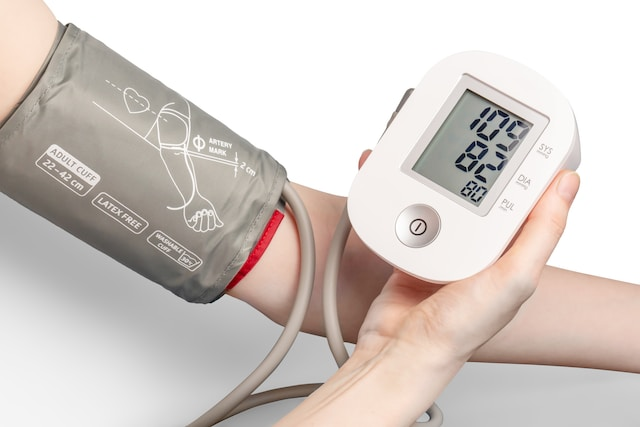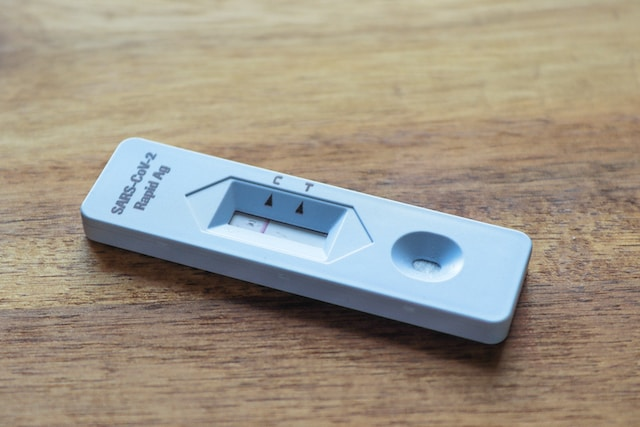Creating compliant and efficient packaging and labeling for medical devices is crucial in the healthcare industry. These components play a vital role in ensuring patient safety, regulatory compliance, and effective communication of critical information. This blog will explore how businesses can enhance their medical device packaging and labeling processes to meet ISO 13485 standards, a quality management system specifically designed for medical device manufacturers.
Importance Of Quality Control In Medical Device Packaging And Labeling
Quality control in medical devices is a critical aspect of ensuring the safety and effectiveness of these products throughout their lifecycle. This process encompasses the careful inspection, verification, and documentation of how medical devices are packaged and labeled. Here’s why it is of paramount importance:

Ensuring Patient Safety
In medical devices, patient safety takes precedence above all else. Whether it’s a simple bandage or a complex implant, any medical device must function flawlessly and be free from contamination or damage upon delivery to the end user. Quality control in medical device packaging and labeling serves as a protective shield, ensuring that devices remain pristine and safe for patient use.
Regulatory Compliance
The medical device industry is one of the most highly regulated sectors globally. Non-compliance with regulatory standards can result in severe consequences, including product recalls, legal issues, and reputational damage. Proper labeling and packaging are indispensable for meeting these stringent regulations, reducing the risk of costly recalls or compliance-related legal challenges.
Effective Communication
Clear and accurate labeling is more than just a formality; it’s a lifeline for healthcare professionals. Medical device labels convey crucial information about device usage, precautions, and storage instructions. Misinterpretation or misunderstanding of this information can have dire consequences for patients. Therefore, effective communication through labeling is fundamental in ensuring healthcare practitioners can use these devices correctly and safely.
Improving Medical Device Packaging And Labeling
Improving medical device packaging and labeling is essential for ensuring patient safety, regulatory compliance, and effective communication. Here, we’ll delve into each point in detail, exploring strategies to enhance these critical aspects:
Compliance with ISO 13485
ISO 13485 stands as a universally acknowledged standard within the medical device industry for quality management systems. Implementing ISO 13485 can significantly benefit businesses by providing a structured framework for improving packaging and labeling processes.

This standard places a strong emphasis on risk management and regulatory compliance. By aligning with ISO 13485, companies gain a systematic approach to quality management, ensuring that their packaging and labeling practices meet international standards.
Risk-Based Approach
ISO 13485 advocates for a risk-based approach to quality management. Businesses should carefully identify potential risks associated with their packaging and labeling processes. This includes assessing risks related to design, materials, storage, and transportation. By proactively identifying and mitigating risks, companies can enhance the safety and effectiveness of their medical device packaging and labeling.
Standardization
Standardization is a crucial factor in improving medical device labeling. Consistency in labeling formats, fonts, and symbols enhances clarity and reduces the risk of misinterpretation. ISO 15223-1 provides comprehensive guidelines for symbols used in medical device labeling, ensuring international consistency. Adhering to these standards helps companies communicate critical information effectively.
Label Design
Label design plays a pivotal role in ensuring that users can easily comprehend the information provided. Prioritizing clarity and readability is essential. Use straightforward language, logical organization of information, and avoid clutter. Conducting user testing with end-users can uncover potential design issues, enabling refinements for better usability.
Training and Documentation
Employees responsible for packaging and labeling should undergo thorough training to ensure they understand and adhere to established procedures. Documentation of these procedures is critical, as it not only ensures consistency but also serves as a reference for quality control. Comprehensive training and documentation processes are essential for maintaining high-quality medical device packaging and labeling practices.
Inspection and Verification
Regular inspection of packaging materials and labels is imperative. This practice helps detect defects or inconsistencies that may compromise product quality or safety. Implementing verification processes ensures that labels align with product specifications. Rigorous inspection and verification procedures are essential components of quality control.

Traceability
Implementing traceability systems is vital for quick product identification in the event of recalls or quality issues. These systems enable businesses to trace the origin of each product, track its journey through the supply chain, and swiftly respond to any quality concerns. Traceability ensures accountability and safety.
Testing and Validation
Thorough testing and validation of packaging and labeling processes are essential for compliance with regulatory and quality requirements. This includes assessing label adhesion, ink durability, and label readability. Conducting these tests helps identify and address potential issues before products reach the market, ensuring that packaging and labeling meet the highest standards of quality.
Benefits of ISO 13485 Certification
ISO 13485 certification promotes a culture of quality control within an organization. By adhering to this standard, businesses can streamline their processes and reduce the likelihood of errors or defects in medical device packaging and labeling.
Global Market Access
ISO 13485 is internationally recognized. Certification facilitates market access in various countries, opening doors to a broader customer base.
Competitive Advantage
Certification can be a valuable marketing tool. It demonstrates a commitment to quality and compliance, which can set a business apart from competitors.
Risk Mitigation
ISO 13485 emphasizes risk management. This proactive approach helps businesses identify and address potential issues before they escalate, reducing risks associated with non-compliance or product recalls.

Efficiency And Cost Savings
Efficient packaging and labeling processes can lead to cost savings through reduced waste and errors. ISO 13485 encourages continuous improvement, optimizing operations over time.
ISO 13485 Certification With BCS
Impeccable medical device packaging and labeling are pivotal for patient safety, and ISO 13485 compliance helps with that. For expert guidance in achieving these standards and enhancing your healthcare industry certification, trust our ISO 13485 consultants at BCS. Experience how ISO certification benefit your healthcare business with us. Reach out today to talk to our experts.
